Happy 4th of July! Today, America celebrates Independence Day. My parents have come over to visit us and see our new place, and we have a fun day of activities planned. 🙂
My husband and I are still exploring our new town and figuring out where things are. It’s kind of fun!! 🙂 Last week, I visited the local Goodwill store and found a bunch of Beanie Babies in really good condition for just 50 cents each. I’m such a sucker for thrift stores and consignment shops! I managed to find an animal for each letter of the musical alphabet except for “F”…I guess I need to find a frog, perhaps?! 🙂
You’ll notice I have more than one beanie animal for “C”. I simply couldn’t make up my mind.
Once I find that elusive frog for “F”, then I just need to get a floor staff! I have a few ideas for making a floor staff myself. We’ll see what happens during the upcoming weeks/months. I can’t wait to plan some games for my young beginner students using these furry friends. 🙂


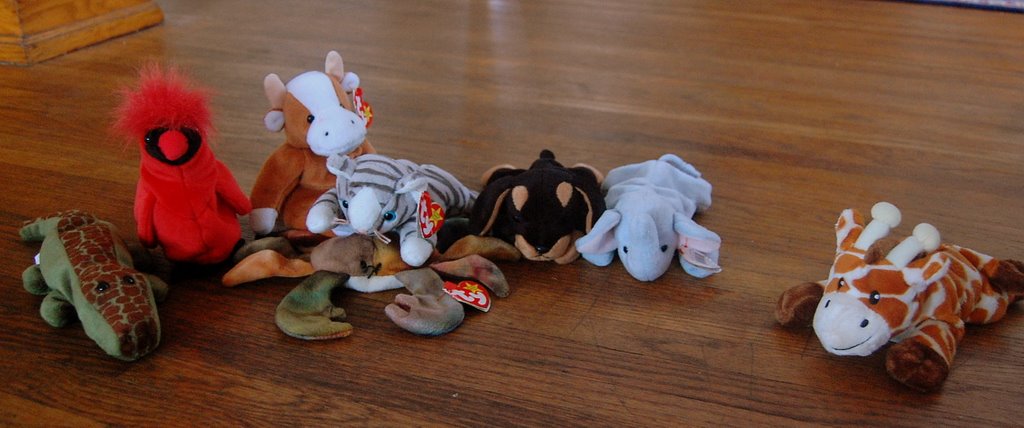

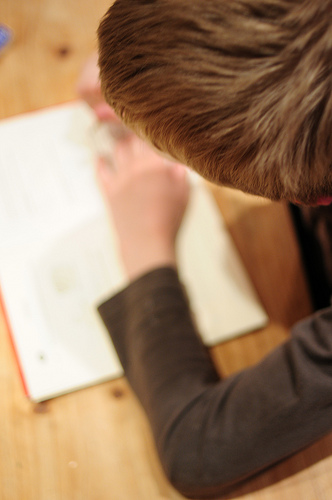
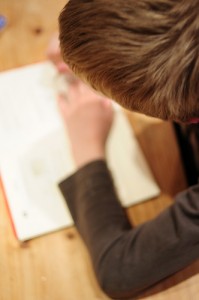
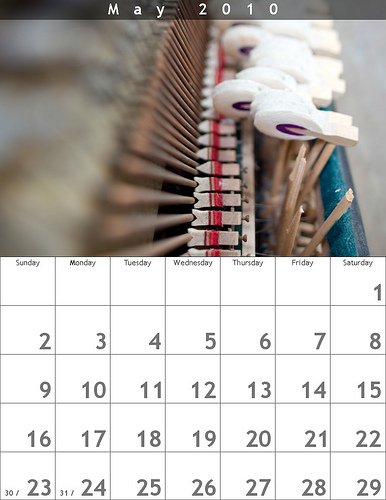

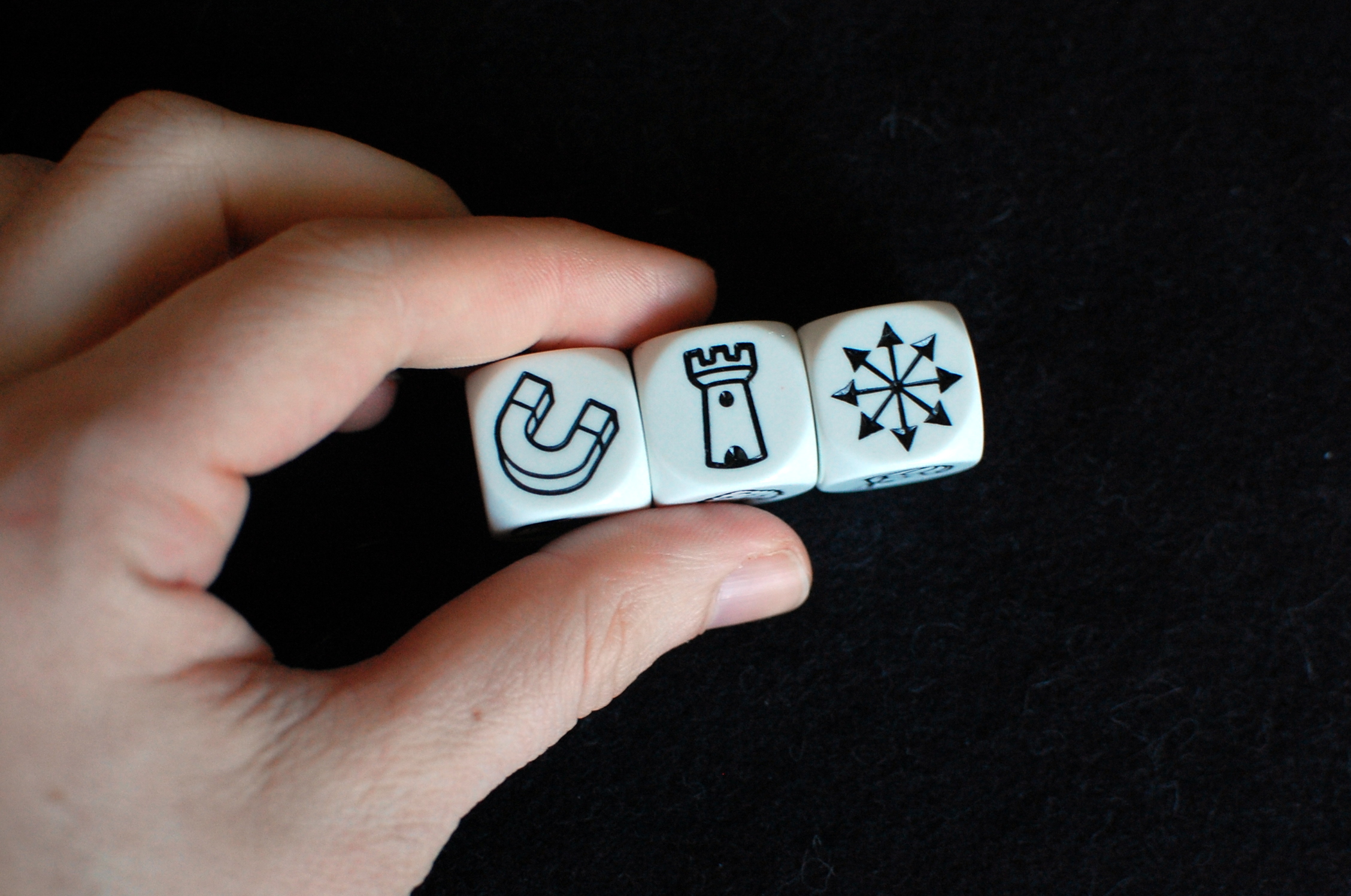
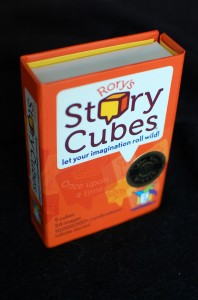


 A new worksheet has just been added to the
A new worksheet has just been added to the 

 Here’s a fun movement/rhythm game to play with a group of students which I learned from a Dalcroze Eurhythmics instructor. I call it the “Rhythm Magnet Game.”
Here’s a fun movement/rhythm game to play with a group of students which I learned from a Dalcroze Eurhythmics instructor. I call it the “Rhythm Magnet Game.”


 Just added to the
Just added to the 




